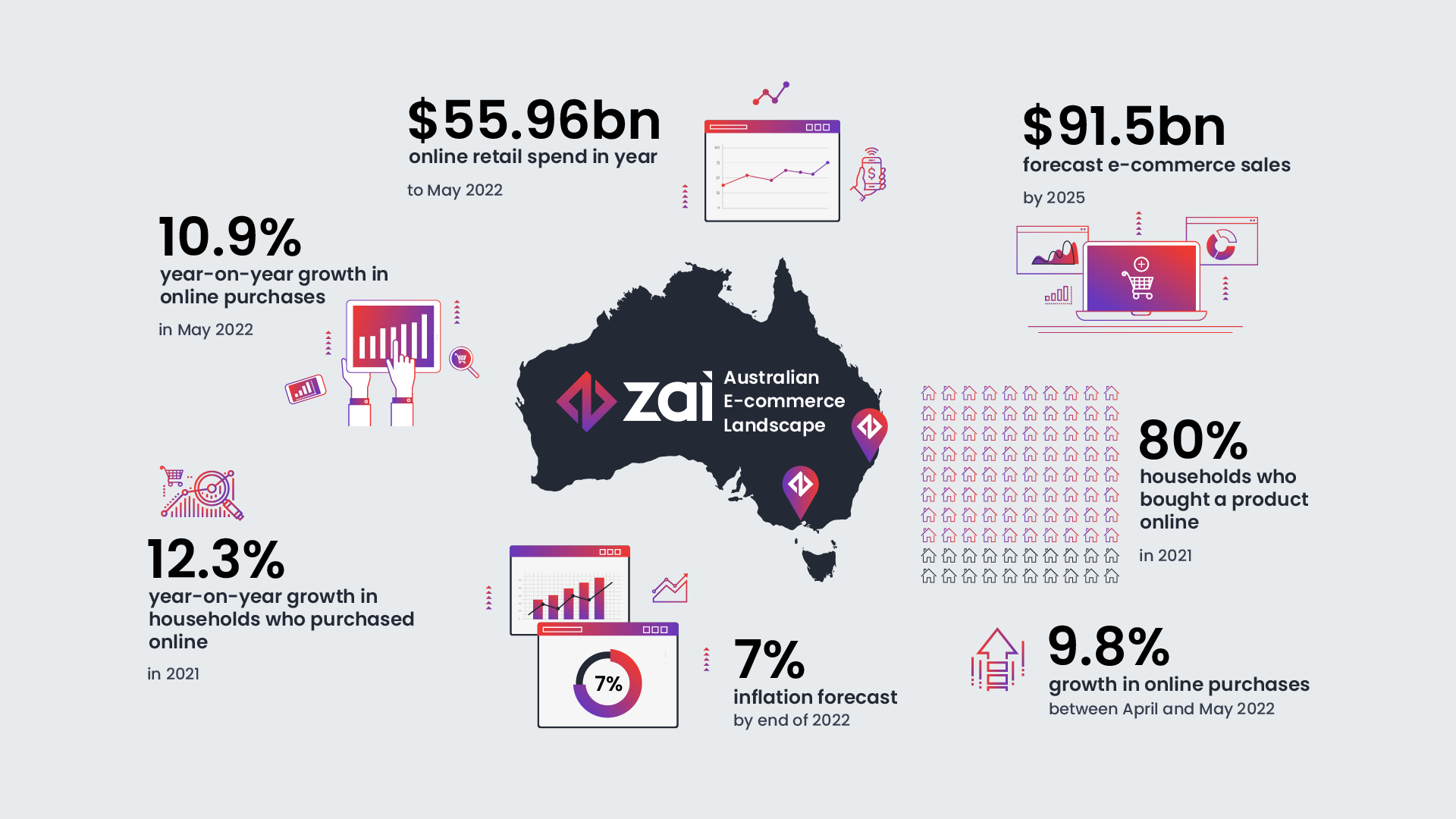The Zai fee engine is a unique market offering capable of supporting an almost infinite number of scenarios. This fee flexibility helps platforms do amazing things for their users!
Truth is, many aspects of running online marketplaces are harder than they should be. Whether it’s regulation, marketing, access, attitude, etc., a lot of traditional business stays that way because it’s been difficult for web applications and platforms to provide the same degree of flexibility that businesses and their customers are used to in the physical or paper-based domains.
For example, consider how time-consuming buying a new or used car can be. A heap of paperwork yes, but within that there are varying fees and added costs.
- Dealer delivery
- Extended warranty
- Wheel or trim upgrades
- Service prepayment
- Technology packs
- Paint and tint additions
- Aftermarket accessories
- Insurance
And so on. And not all these services are covered by the dealer. At best they’re managing this back-of-house to make the process smoother for the buyer.
We’ve realized one of the most important functions in a payments solution is actually one of the most boring – the fee engine.
I’m not just talking about changing ticket prices or offering discounts before a transaction takes place. A good engine should take unlimited flat or percentage fees, to unlimited (approved) parties, at any stage prior to settlement.
A flat or percentage fee?
Let’s say your marketplace wants to charge a standard “finders” percentage fee which sounds relatively straightforward.
Just add the fee to the buyer-charge like most platforms let you.
Sounds fine, but consider reconciliation. How much is the fee and how much is the settlement value? Then add more complexity if your delivery or service costs vary per product type or seller type.
You could end up running multiple ledgers or having to backward-calculate almost everything…
It can be extremely useful to have fees shift over to a “capped” amount in circumstances where the platform’s doing something a little different. This could include supporting super-sellers who’ve transacted over a certain target amount, providing buyer incentives for bulk repeat purchases, or passing on delivery costs during the sale. Ideally you could setup a flat fee and/or percentage fee both visible and payable by, and to, any party engaged in the transaction.
This means you can even represent the real cost of each transaction depending on the method of payment chosen, and then begin to drive user behavior to more convenient, risk free, or simplified payment options. Furthermore, you can start to create accounting and treasury records ahead of time and they’ll be mapped to the users and situations that they relate to.
Three examples of controlling fee management
By thinking about unlimited fee types and crediting them to unlimited parties, you can start to simplify your entire accounting and reconciliation backend, involving brokers or affiliates, or adding services along with the transaction in a snap.
Doing this in a controlled and transparent manner can be a huge advantage for your marketplace.
Let’s look at three specific examples.
- Example 1: A user buys a bicycle from a seller who plans to deliver it themselves. The bike won’t fit in their car so a driver is engaged on the platform to help the seller out. Part of the unreleased payment can be redirected to that user. This is simpler than the bike seller setting up another transaction and they receive value minus the delivery fee themselves.
- Example 2: A referral fee might be due to a third party. This value can be subtracted and reserved or credited to the referrer before the seller receives their final settlement. The whole affiliate model is built around conversions so why not tie this directly to the sale and reward higher value referrals without touching the treasury component?
- Example 3: Your marketplace may need to add fees for reconciliation purposes. If your seller has a fee per sale, a membership fee, or a brokerage fee and tax is only applicable on some of these items, simple accounting can become difficult for you, your sellers, or both. Why not tally up costs in a transparent and visible way for you and your users?
What if you need certain fees to capture to a specific bank account? You and the seller can still receive a single deposit each if you want, but either or both of you can see the breakdown and receive detailed reporting on a per transaction or aggregated basis.
Adjusting fees along the way
As a platform you may want to choose and include fees at any time during the transaction flow before settlement. This is actually a dramatic difference to the way most platforms operate and opens up a huge number of possibilities:
- Adding a dynamic brokerage fee relevant to the complexity or size of the transaction.
- Adding additional service fees (e.g. delivery, finishing costs or management) as selected by the seller after the purchase has been secured, resulting in a reduced settlement amount.
- Waiving fees before settlement rather than processing an account credit or similar. This can be used to reward, appease, encourage user participation, and more!
Fees should be a benefit for your platform and not an administrative stumbling block for your finance and technology teams. Leveraging fee flexibility and embracing the sophistication of real world business models will help turn the dial on digitization of commerce, and help fuel the growth of marketplaces looking to reduce the physical constraints of some tired industries and problems.
I’m looking forward to the as yet unseen experiences that will manifest over the next few years because it’s sure to be truly exciting.



